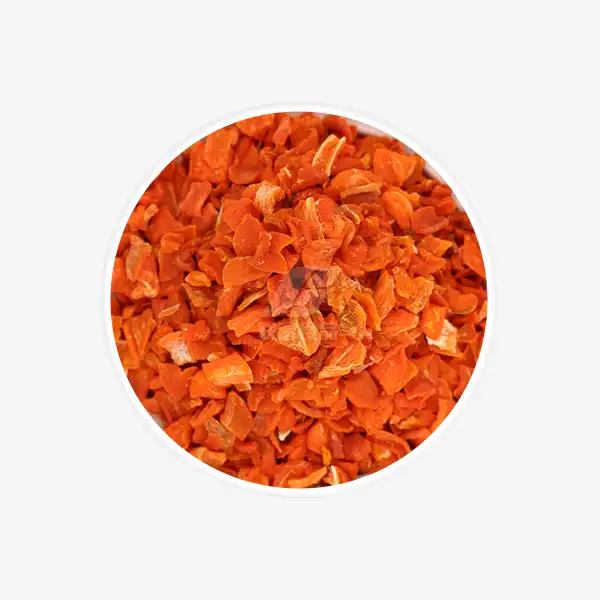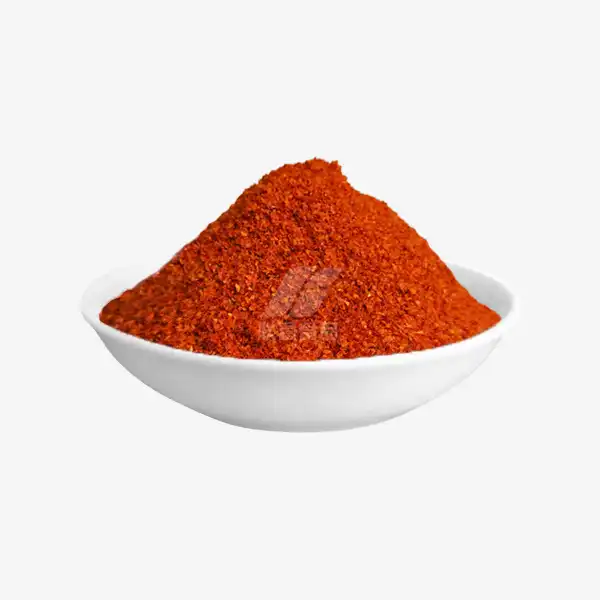How to make dried carrot flakes?
Dehydrated carrot flakes are a versatile and nutritious ingredient that can add flavor, color, and nutrients to various dishes. Learning how to make dried carrot flakes at home is an excellent way to preserve fresh carrots and always have this healthy ingredient on hand. In this comprehensive guide, we'll walk you through the process of creating your own dehydrated carrot flakes, exploring different drying methods, and providing tips for storage and usage.
Step-by-Step Guide to Making Dehydrated Carrot Flakes
Creating your own dehydrated carrot flakes is a straightforward process that requires minimal equipment and yields delicious results. Follow these steps to transform fresh carrots into shelf-stable flakes:
Select and Prepare the Carrots
Begin with fresh, crisp carrots. Choose carrots that are firm, without any signs of softness or decay. Organic carrots are ideal, but conventional ones work well too. Wash the carrots thoroughly under cool running water, scrubbing gently to remove any dirt or debris. Peel the carrots if desired, though leaving the skin on can increase the nutrient content of your final product.
Slice or Shred the Carrots
For carrot flakes, you'll want to create thin, uniform pieces. You can achieve this by using a mandoline slicer, a food processor with a slicing attachment, or a sharp knife. Aim for slices about 1/8 inch thick. Alternatively, you can use a box grater or food processor with a shredding disc to create carrot shreds, which will dry faster and rehydrate more quickly.
Blanch the Carrot Slices (Optional)
Blanching is an optional step that can help preserve the color and nutrients of your carrot flakes. To blanch, bring a pot of water to a boil and prepare a bowl of ice water. Submerge the carrot slices in the boiling water for 1-2 minutes, then immediately transfer them to the ice bath to stop the cooking process. Drain well before proceeding to the drying step.
Arrange Carrots for Drying
If using a dehydrator, arrange the carrot slices or shreds in a single layer on the dehydrator trays, ensuring they don't overlap. For oven-drying, line baking sheets with parchment paper and spread the carrots evenly.
Dry the Carrots
The drying process will vary depending on your chosen method (more on this in the next section). Generally, you'll want to dry the carrots until they're crisp and brittle, with no moisture remaining.
Cool and Store
Once dried, allow the carrot flakes to cool completely to room temperature. Store them in airtight containers, such as glass jars or vacuum-sealed bags, in a cool, dark place.
Best Methods for Drying Carrot Flakes at Home
There are several methods you can use to dry your carrot flakes at home, each with its own advantages. Let's explore the most effective techniques:
Food Dehydrator Method
Using a food dehydrator is the most efficient and consistent way to make dehydrated carrot flakes. Here's how to do it:
- Arrange prepared carrot slices or shreds on dehydrator trays in a single layer.
- Set the dehydrator to 125°F (52°C).
- Dry for 6-12 hours, checking periodically. Drying time will vary based on the thickness of your slices and the humidity in your environment.
- Rotate trays occasionally for even drying.
- Carrots are done when they're crisp and brittle.
Oven-Drying Method
If you don't have a dehydrator, you can use your oven to dry carrot flakes:
- Preheat your oven to its lowest setting, ideally around 170°F (76°C).
- Arrange carrot slices on parchment-lined baking sheets in a single layer.
- Place the sheets in the oven, leaving the door slightly ajar to allow moisture to escape.
- Dry for 6-8 hours, rotating the pans and flipping the carrots occasionally.
- Check frequently to prevent burning, especially towards the end of the drying process.
Sun-Drying Method
For a natural approach, you can sun-dry your carrot flakes:
- Choose a hot, dry day with temperatures above 85°F (29°C).
- Arrange carrot slices on drying screens or trays.
- Cover with cheesecloth to protect from insects.
- Place in direct sunlight for 2-4 days, bringing trays inside at night.
- Turn the carrots daily for even drying.
Air-Drying Method
For small batches, you can try air-drying:
- String carrot slices on a thread, leaving space between each piece.
- Hang the strings in a warm, dry, well-ventilated area.
- Allow to dry for 7-14 days, depending on humidity levels.
- Check regularly for any signs of mold.
How to Store and Use Dehydrated Carrot Flakes Effectively?
Proper storage and creative usage will help you get the most out of your homemade dried carrot flakes. Here are some tips:
Storage Tips
- Store dehydrated carrot flakes in airtight containers, such as glass jars with tight-fitting lids or vacuum-sealed bags.
- Keep containers in a cool, dark place away from direct sunlight.
- Add a food-grade silica gel packet to absorb any residual moisture.
- Label containers with the date of dehydration.
- Properly stored, dried carrot flakes can last up to a year.
Rehydration Techniques
To rehydrate your carrot flakes:
- Soak in hot water for 15-20 minutes, or until tender.
- Use a 1:1 ratio of dried carrots to water.
- For soups or stews, add dried flakes directly to the pot and simmer until tender.
Creative Uses for Dried Carrot Flakes
Incorporate your homemade carrot flakes into various dishes:
- Add to soups, stews, and casseroles for extra nutrition and flavor.
- Blend into a powder to use as a natural food coloring or nutrient booster in smoothies.
- Sprinkle onto salads for a crunchy texture.
- Mix into homemade trail mix or granola.
- Use as a flavorful addition to homemade bread or crackers.
- Rehydrate and add to stir-fries or fried rice.
- Incorporate into homemade spice blends or seasoning mixes.
Conclusion
Making your own dried carrot flakes is a rewarding process that allows you to preserve the harvest, reduce food waste, and always have this nutritious ingredient on hand. By following the steps and methods outlined in this guide, you'll be able to create high-quality dehydrated carrot flakes that can enhance a wide variety of dishes. Remember to store your carrot flakes properly to maintain their quality and flavor for months to come. For more information about dehydrated vegetables or to explore our range of professionally dried carrot flakes, please don't hesitate to contact us at qingzhengliu@jslianfu.com.
References
1. Johnson, M. (2021). The Complete Guide to Dehydrating Foods. Harvest House Publishers.
2. Smith, A. (2020). Preserving Vegetables: Techniques for Optimal Flavor and Nutrition. Garden Way Publishing.
3. Brown, T. (2019). Food Dehydration Simplified: A Comprehensive Guide. Storey Publishing.
4. Davis, C. (2022). The Art of Drying: Preserving Food Naturally. Chelsea Green Publishing.
5. Wilson, E. (2018). Dehydrating Food: A Beginner's Guide. Skyhorse Publishing.

_1729843393550.webp)









